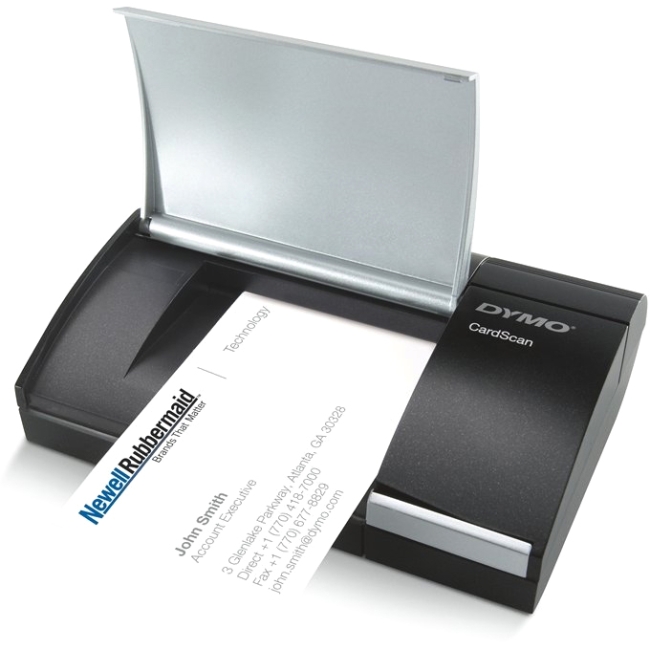Cardscan To Excel File
- Posted in:Admin
- 01/07/18
- 87
How to Scan Documents Into Excel. Click 'File' at the top of the page and click the 'Open' tab. Select the file that you want to scan into Excel and.

Note: This article describes data models in Excel 2013. However, the same data modeling and Power Pivot features introduced in Excel 2013 also apply to Excel 2016. In these tutorials you learn how to import and explore data in Excel, build and refine a data model using Power Pivot, and create interactive reports with Power View that you can publish, protect, and share.

The tutorials in this series are the following: • Import Data into Excel 2013, and Create a Data Model • • • • • In this tutorial, you start with a blank Excel workbook. The sections in this tutorial are the following: At the end of this tutorial is a quiz you can take to test your learning. This tutorial series uses data describing Olympic Medals, hosting countries, and various Olympic sporting events. We suggest you go through each tutorial in order. Also, tutorials use Excel 2013 with Power Pivot enabled. For more information on Excel 2013, click. For guidance on enabling Power Pivot, click.
Import data from a database We start this tutorial with a blank workbook. The goal in this section is to connect to an external data source, and import that data into Excel for further analysis. Let’s start by downloading some data from the Internet.
The data describes Olympic Medals, and is a Microsoft Access database. • Click the following links to download files we use during this tutorial series. Download each of the four files to a location that’s easily accessible, such as Downloads or My Documents, or to a new folder you create: >>>>• In Excel 2013, open a blank workbook. • Click DATA >Get External Data >From Access.
The ribbon adjusts dynamically based on the width of your workbook, so the commands on your ribbon may look slightly different from the following screens. Mime Component Not Installed. The first screen shows the ribbon when a workbook is wide, the second image shows a workbook that has been resized to take up only a portion of the screen. • Select the OlympicMedals.accdb file you downloaded and click Open. The following Select Table window appears, displaying the tables found in the database. Tables in a database are similar to worksheets or tables in Excel.
Check the Enable selection of multiple tables box, and select all the tables. Then click OK. Metal Gear Solid 5 Pc Serial Key.
• The Import Data window appears. Note: Notice the checkbox at the bottom of the window that allows you to Add this data to the Data Model, shown in the following screen. A Data Model is created automatically when you import or work with two or more tables simultaneously. Two Way Stretch 1960 Music. A Data Model integrates the tables, enabling extensive analysis using PivotTables, Power Pivot, and Power View. When you import tables from a database, the existing database relationships between those tables is used to create the Data Model in Excel. The Data Model is transparent in Excel, but you can view and modify it directly using the Power Pivot add-in.
The Data Model is discussed in more detail later in this tutorial. Select the PivotTable Report option, which imports the tables into Excel and prepares a PivotTable for analyzing the imported tables, and click OK. • Once the data is imported, a PivotTable is created using the imported tables. With the data imported into Excel, and the Data Model automatically created, you’re ready to explore the data. Explore data using a PivotTable Exploring imported data is easy using a PivotTable. In a PivotTable, you drag fields (similar to columns in Excel) from tables (like the tables you just imported from the Access database) into different areas of the PivotTable to adjust how it presents your data.